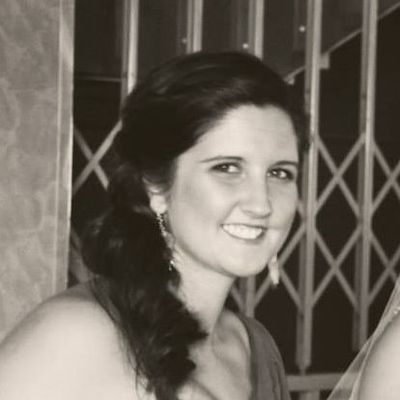
Much of our modern understanding of the mechanics of synaptic transmission and the highly conserved organization of neural networks in vertebrate brains comes from Charles “Chuck” Stevens. The legendary neuroscientist died at his San Diego home on October 21 at age 88.
Stevens was born in Chicago on September 1, 1934, to Russell Stevens and Reba Hoffman Stevens, according to a tribute from the Salk Institute. Initially hoping to become a physician, Stevens attended Harvard University and graduated with a BA in psychology in 1956. He then earned a medical degree at Yale University.
According to a 2012 PNAS interview, he then became interested in the mechanisms of learning and memory. Drawn to research, Stevens attended Rockefeller University to study math and physics, and earned a PhD in biophysics in 1964. Shortly afterward, he joined the faculty of the University of Washington, where he stayed until returning to Yale in the mid-1970s.
Early in his research career, Stevens sought to understand the molecular mechanisms of how electrical currents travel through ion channels during synaptic transmission, and the role such transmission plays in learning and memory. According to his faculty profile at the Salk Institute, he later moved on to understanding neural circuits through the lens of scalable architecture, a term used in computer science for getting greater output by adding resources without actually changing the system. In neuroscience, scalable architecture suggests that as the brain gets larger, it should be able to accomplish more without having to be restructured; the addition of new neurons during development allows the neural circuitry to perform more tasks.
Experimenting with various organisms, Stevens found that goldfish served as a useful model for this idea because their brains keep growing throughout adulthood, according to his obituary from Salk. This work allowed him to identify key principles of organization and development within the brain. Later in his career, he focused mainly on theoretical work surrounding scalability.
Stevens was known for his collaborative spirit; according to multiple online tributes, he put the quest for knowledge ahead of personal accolades. He had overlapping affiliations, giving him more opportunities to work with others and share ideas. For example, he was an investigator with the Howard Hughes Medical Institute from 1986 until 2007. Meanwhile, he left Yale for the Salk Institute in 1990, working in the Molecular Neurobiology Laboratory. In 1996, he joined the Santa Fe Institute’s Science Steering Committee. He retired from Salk in 2018 as professor emeritus.
“Chuck had a procedural curiosity like almost no one I have ever met before,” Santa Fe Institute President David Krakauer says in the institution’s tribute. “Rather than read about a topic from outside of his orbit he would dedicate a year to applying distant ideas and methods to a data set from his own work. This is not finding and mastering a method that seems like a good fit to a problem but finding a fit because an idea feels so deep that it needs to be learned.”
See “Synaptic Vesicles: Reused or Recycled?”
One of Stevens’s early postdocs was Erwin Neher. The pair published a paper in 1977 about statistical fluctuations in recordings of the ionic pores of neuron membranes. Researchers conducting such research often ended up capturing data from other ion channels, creating statistical “noise.” In 1980, Neher and a different colleague developed a technique to clamp a pipette tip onto a single ion channel, reducing those fluctuations. This “gigaseal” allowed researchers to record data from a single channel in a living cell for the first time, and garnered Neher the Nobel Prize in Physiology or Medicine in 1991.
“Everything that we’ve learned about the nervous system in the last 25 years we could not have done without patch-clamping,” Stevens told The Scientist in 2010. “Erwin’s discovery of the gigaseal made all the difference in the world.”
Stevens was elected into the National Academy of Sciences in 1982 and the American Academy of Arts and Sciences in 1984.
He is survived by Jane, his wife of 66 years, along with two daughters and three grandchildren. One daughter predeceased him in 2013. A charitable fund was established in his name at the University of California, San Diego, to support neuroscience graduate students.




